Are you concerned about the age of your tires?
This quick guide will help you find the manufacture date of your tire and understand how Tires Easy handles tire age based on the DOT Code. Keeping a record of your tires and understanding their age will help you save money on repairs and take proper care of your vehicle.
To find your tires’ age, you need to locate the DOT Date Code on the tire. This symbol indicates the tire manufacturer’s compliance with the U.S. Department of Transportation (DOT) National Highway Traffic Safety Administration (NHTSA) safety standards. It tells you who manufactured the tire, where it was made, and other tracking information. Plus, it indicates that the tire has passed the Department of Transportation’s testing and NHTSA manufacturer requirements.
The raised numbers of the DOT Code are placed together and often enclosed in a raised oval. The first two numbers are the week the tire was manufactured. In the example below, 35 stands for “week 35.” The second two numbers are the year the tire was manufactured. In the image below, we see the 07, indicating the tire was build in 2007. This particular tire was made in the 35th week of 2007.
On tires that were manufactured in 2000 and after, the last four digits indicate the week and year the tire was produced. The first two digits identify the week and the second two identify the year.
It’s not always easy to find the tire DOT code. There aren’t regulations on where the manufacturer has to place the information, so you may need to look at multiple sides of your tires before you can find the numbers. However, the identification information is usually on the inner sidewall of tires.
At Tires Easy, we believe that the tire warranty should begin from the date of purchase, not the DOT Code. If you purchase new tires today, and the DOT Code was a year ago, your warranty will still begin on the purchase date, not the manufacture date of the tire.
If you purchase new tires today, and the DOT Code was a year ago, your warranty will still begin on the purchase date, not the manufacture date of the tire.
If for any reason you are uncomfortable with the age of your tires after looking at the DOT Date code, please call us and we can quickly provide you with a return under our 45 day return policy.
Just because you buy “new” tires doesn’t mean they were actually made recently. It can take a while for tires to reach tire retailers after being shipped from the manufacturer. Checking your tires’ DOT Date Code will tell you when they were made and how long they may have been stored. It is important to know that tires are often for months or years at a time, so your tire’s DOT code might not be in the same year you bought the tires, and that’s not a concern.
At Tires Easy, we take tire protection VERY seriously. Once the tires reach us, they are moved into Tires Easy’s industrial tire warehouses to ensure proper storage and prevent exposure to seasonal weather conditions.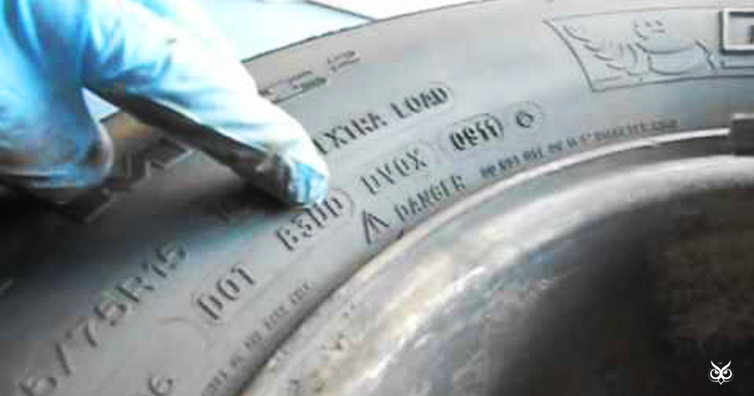 Our storage locations are cool, climate-controlled, and dry, preventing any premature aging or damage. Tire aging can be rapidly accelerated by poor storage conditions, so you should be sure the tires you purchase have been properly stored.
Our storage locations are cool, climate-controlled, and dry, preventing any premature aging or damage. Tire aging can be rapidly accelerated by poor storage conditions, so you should be sure the tires you purchase have been properly stored.
A general consensus from various tire industry associations around the world is that tires have a useful service life of six to ten years. As technology changes, there are more materials, and combinations of comounds, to extend tire life and extend wear. At Tires Easy, we like to err on the side of caution and only sell tires that are seven years old and under. If you consider that the average driver travels 15,000 miles per year, most tires need to be replaced in 4 years. If your tires were a few years old when purchasing, you would still be well within the accepted tire age range. This is especially true if the tires receive the proper amount of care and maintenance over the course of their lifetime.
Legally, you must replace your tires when the tread depth falls below 1. 6 mm. Additionally, it’s recommended that you change summer tires at 3 mm and winter tires at 4 mm tread depth. This keeps your tires at optimal levels of safety.
6 mm. Additionally, it’s recommended that you change summer tires at 3 mm and winter tires at 4 mm tread depth. This keeps your tires at optimal levels of safety.
When your tires reach seven years of age, we recommend that you consider replacing them. Even if the tires look new, it is best to have them inspected by a professional tire installer, so they can properly advise on the safety of the tires moving forward. Spare tires should be checked and replaced as well.
No matter how old the tires are when you buy them, the most important aspect of tire safety is regular maintenance and inspection. According to the The Rubber Manufacturer’s Association of America and the Tire & Rubber Association of Canada.
“Since service and storage conditions vary widely, accurately predicting the service life of any specific tire based on calendar age is not possible.”
For this reason, there is no specific limitation on the age of the tire when it is sold based on its DOT Code.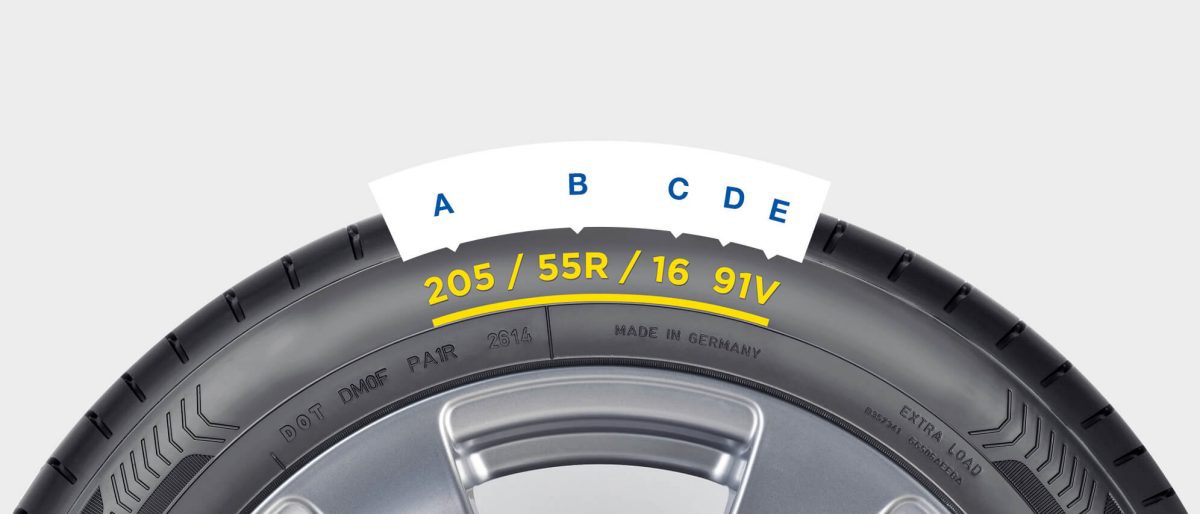
1. In terms of the DOT Date Code, some might assume that the number states when the tire was approved. On the contrary, the DOT symbol by itself simply indicates that the tire is approved by the Department of Transportation to be legally used on the road. The Date Code is when the tire was manufactured (not when it was approved).
2. You might also have heard that you should only buy tires that have a DOT code within the current year. As we mentioned earlier, this is often not the case with many tires simply because it takes time for the tire to reach the United States from the manufacturer. As long as the tires have been stored properly, they will be in excellent condition, even if the DOT Date code is a couple of years old.
When stored properly and protected from the elements, tires age quite slowly. The Rubber Manufacturers Association has said there’s no way to put a date on when tires actually “expire.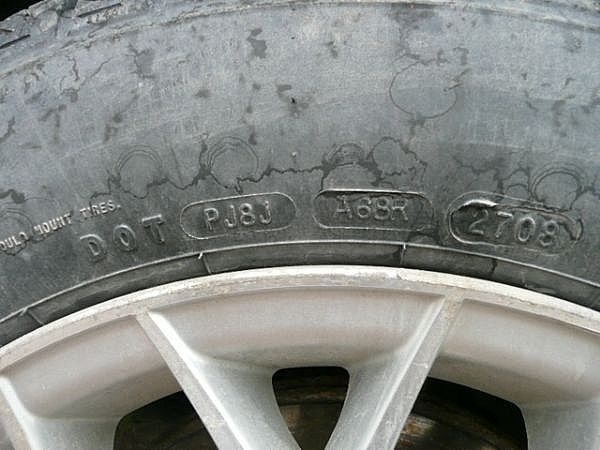 ” There are too many factors that impact the true age of a tire.
” There are too many factors that impact the true age of a tire.
To help prolong the life of a tire, tire retailers will:
While these are the main contributors to excessive tire aging, it would still take years of exposure in the hottest, wettest, and driest climates for the first signs of tire aging to appear. Tires are durable, and if they’re showing signs of damage within the first few years, it’s a sign of poor quality. Whitening of the rubber and shallow hairline cracks in the upper or lower sidewall may be an indication of UV and heat damage, but these symptoms aren’t issues you commonly see in new tires.
Sidewall cracking due to UV rays
Yes, the rubber gets hard over time as the tire loses its elasticity.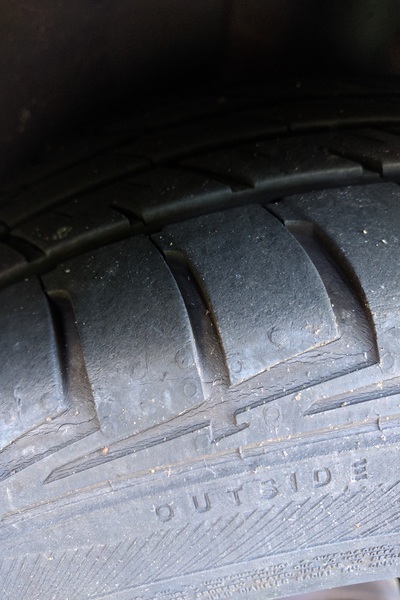 This happens regardless of how much you use your tires over the course of the years.
This happens regardless of how much you use your tires over the course of the years.
Every tire has a birthday, and many tires will not be sold 7 years later. However, since some tires don’t technically become unsafe until a decade after they’re produced, the best advice is to have your tire checked by a professional to make sure they are safe for continued driving.
If you have any questions about your tire’s DOT Code or tire age in general, get in contact and let us assist you!
Create an account for FREE on Tires-Easy.com and discover the Exclusive Member Discounts.
Join Today For Free
Are you having difficulties reading the DOT number of your tires? Do you want to know how to read tire date codes? If you have lost the receipt of your purchase, you might be having difficulties knowing the exact age of your tires. This issue is common and you can find the solution from your tires. Just observe your tires, you will get the answer.
This issue is common and you can find the solution from your tires. Just observe your tires, you will get the answer.
*Picture Copyright: UTires.com
How to Read Tire Date Codes?Whether you are financing your tires or purchasing them, it is important to understand how to read tire date codes. The numbers are present on tires only. You just need to know how to get them. You might have difficulties while reading codes on old tires. Keep reading to know how old your tire is.
Ways to Get Your Tires DOT NumberLook at all the sides of the tires. There are a bunch of numbers and letters. It might seem like a jumble. But this is helpful information about the tire. Find the number that starts with DOT and followed by ten to twelve series. This code will reveal a lot of things about your tires. You will know the tire size, year, and place of the manufacturing with the unique code of the manufacturer. You can also rent a wheel payments to know more about tires.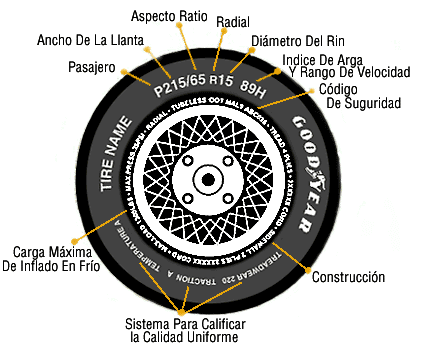 Once you rent a tire payments, you will not have to be bothered about the manufacturing year. They will take care of this. You just need to look for a rent a wheel return policy to make it more beneficial for you.
Once you rent a tire payments, you will not have to be bothered about the manufacturing year. They will take care of this. You just need to look for a rent a wheel return policy to make it more beneficial for you.
Remember that the last four digits of the code are the date the tire was manufactured. You can check the first two digits of the DOT code to know the week of the manufacturing. The last two digits will reveal the manufacturing year. For instance, when it was written in 0203, the manufacturing year was 2003. But it is a bit tricky to know the manufacturing year of tires manufactured before 2000.
Tires Manufactured Before 2000You need to check the last three digits of the DOT code. Check the first two digits to know the week. For instance, when the last three digits read 022, you should understand that the tire was manufactured in the 2nd week of that year. You might be thinking about how to know the year.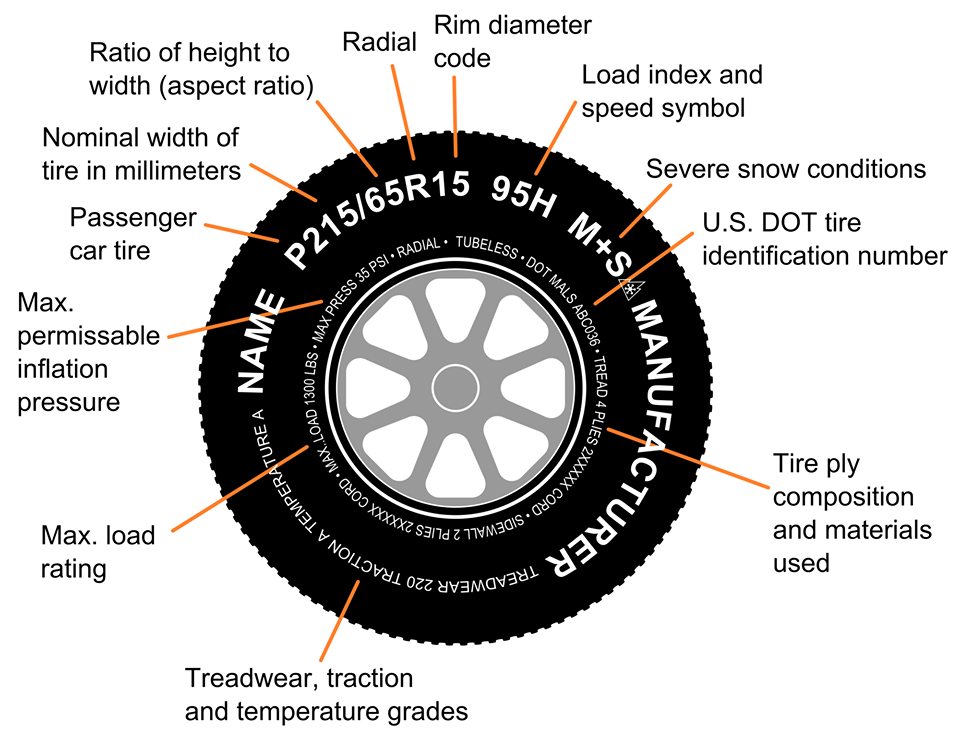 The year is the 2nd year of that decade. It is easy to get confused to know the decade. It might be harder to know the exact decade. There might be some other indications to know the year.
The year is the 2nd year of that decade. It is easy to get confused to know the decade. It might be harder to know the exact decade. There might be some other indications to know the year.
*Image Copyright from kilgoretirecenter.com
What About the Incomplete DOT NumbersIncomplete DOT numbers mean the current DOT regulations demand the complete number to be written on one sidewall only. When you find a few digits on the opposite sidewall, you can check the other sidewall to find the complete DOT number.
Reading DOT Tire NumbersNow you know how to read tire date codes. You can simply check at the sidewalls of tires to avoid any further confusion. Also, never lose your purchase receipt. If you do so, you might not get the warranty benefits. So, keep the receipts in a safe place and avoid any confusion by checking the DOT code. Whether you are interested in learning about wheel alignment or more about DOT numbers, our professionals here at Dan the Tire Man can answer your inquiries.
From this set of letters and numbers, you can pull out the entire amount of information - from the brand name and manufacturer to the release date and batch number. Part of the information encrypted in the DOT code is not even contained in the tire markings. Therefore, the DOT code on tires is useful for both the retailer and the buyer.
The US Department of Transportation came up with this encoding. Indeed, according to the laws of this country, until 2003, the US Department of Transportation was responsible not only for roads, but also for safety on them. And the characteristics of car tires affect road safety a little more than completely. To verify this, try driving on the road with tires of the wrong season or worn out tread.
Under the pressure of the aftermath of the 9/11 tragedy, the US Department of Transportation lost its right to oversee road safety, but the tradition of marking car tires with a special code developed by the Department of Transportation has survived to this day. Therefore, now we can take any tire, read and decipher its DOT code, and find out all the ins and outs of this product.
Therefore, now we can take any tire, read and decipher its DOT code, and find out all the ins and outs of this product.
Before deciphering the code on tires, you need to know where it is located. In most cases, the DOT code is applied to the side, placing it above the landing board.
For example, the initial marking 4B in the DOT number of a Goodyear tire 4B9Z 747R 3909 indicates the plant and country of manufacture. If we decipher this information, we will see that the tire was made at the Goodyear Canada, Inc. plant, which is located in the city of Napanee (Ontario). The next two characters - 9Z - indicate that the model belongs to the tire segment for passenger cars of a particular brand.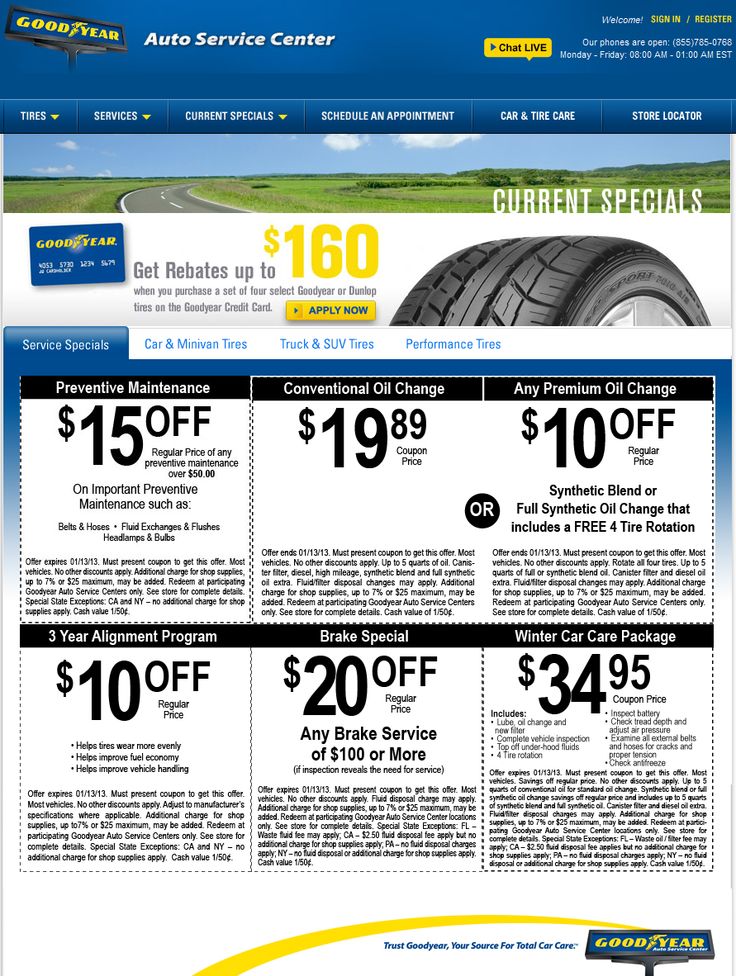 The second block of four characters - 747R - indicates the size, repeating the markings on the sides (175 / 65R14). The last four characters allow you to decipher the designations of the week (39) and year (2009) of release.
The second block of four characters - 747R - indicates the size, repeating the markings on the sides (175 / 65R14). The last four characters allow you to decipher the designations of the week (39) and year (2009) of release.
As you can see, the DOT number 4B9Z 747R 3909 really contains all the information about a particular Goodyear model. But in order to decipher it, you need to know the "inner kitchen" of the manufacturer or be able to use special applications.
Summer Drive Protection Sound Comfort
Rating:
4.5
Tires Goodyear Eagle F1 Asymmetric 3 SUV
Summer Drive Protection
Rating:
4.5
Tires Goodyear Eagle Sport TZ
Summer Drive Protection
Rating:
4.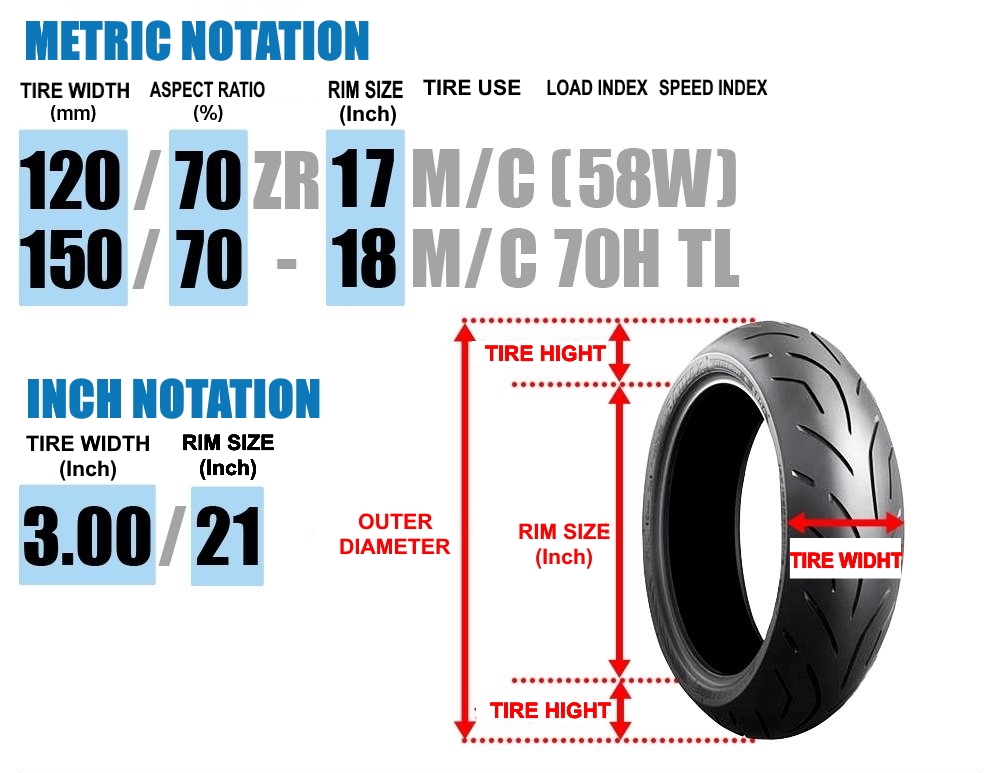 5
5
Tires Goodyear EfficientGrip 2 SUV
Summer Drive Protection Run On Flat
Rating:
4.5
Tires Goodyear EfficientGrip Performance
Winter Drive protection
Tires Goodyear UltraGrip Arctic 2 SUV
Winter Drive Protection Sound Comfort
Rating:
4.5
Tires Goodyear UltraGrip Ice 2
Winter Drive Protection Sound Comfort
Rating:
4. 5
5
Tires Goodyear UltraGrip Ice SUV
Winter Drive protection
Tires Goodyear UltraGrip Performance+ SUV
All season Drive Protection
Rating:
5
Tires Goodyear Vector 4Seasons Gen-3 SUV
Summer Drive Protection Run On Flat
Rating:
4
Tires Goodyear Wrangler HP All Weather
All season Drive Protection
Rating:
4.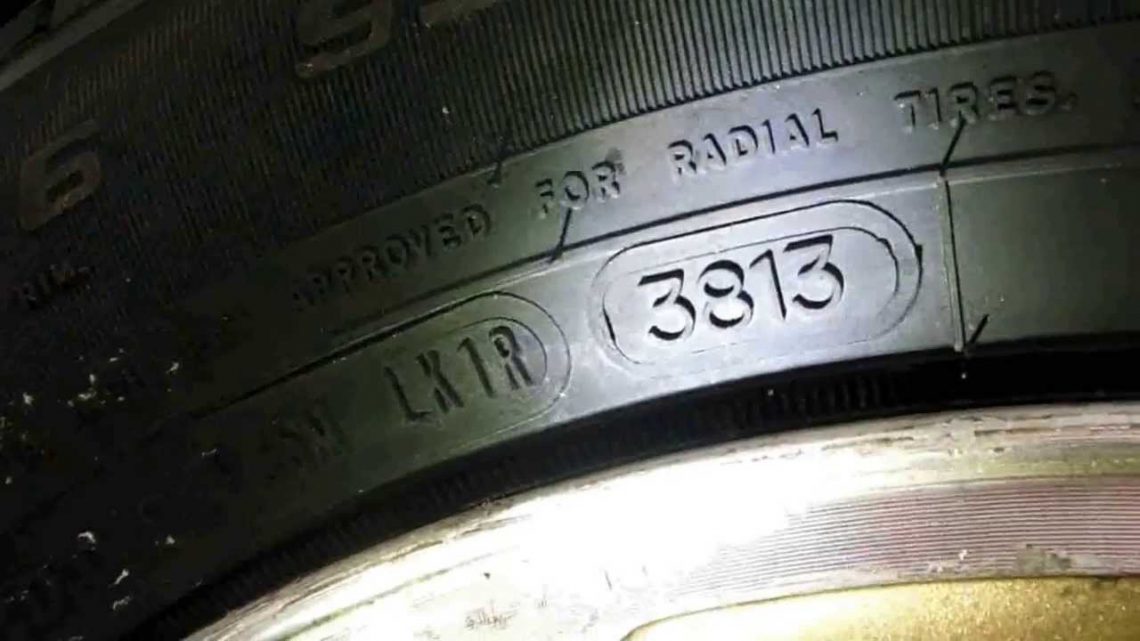 5
5
Tires Goodyear Vector 4Seasons
Summer
Rating:
4.5
Tires Goodyear Wrangler All-Terrain Adventure with Kevlar
Summer Drive Protection
Rating:
4.5
Tires Goodyear EfficientGrip SUV
Summer Drive Protection Run On Flat
Rating:
4
Tires Goodyear Eagle F1 Asymmetric SUV
To decipher the DOT coding, you will have to find tables of brand and factory designations, as well as find out the internal codes for the tire range.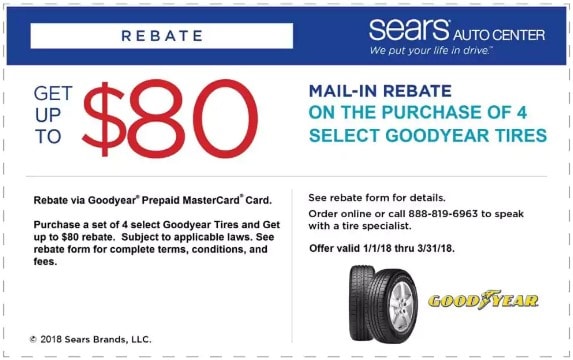 This is not the most common information - manufacturers are in no hurry to share their secrets, which include the internal encoding of models.
This is not the most common information - manufacturers are in no hurry to share their secrets, which include the internal encoding of models.
If you want to decrypt DOT code effortlessly, download it to your phone or find an application for decoding on the Internet. To do this, just drive in the search line "decrypt the encoding" and follow the link.
The decoding process using the application does not take long. You take a photo of the DOT or enter all the characters following this abbreviation into the appropriate fields. If there are no errors in the encoding, the program will give you the name of the manufacturer, the name of the plant, the release date and other information. Otherwise, the program will report that it is impossible to decipher the marking, referring to some reason.
DOT code decryption is finished, but why did we try? Is this information useful? Of course, yes. First, we have learned to distinguish an original product from a fake. For example, Goodyear puts DOT on American, Canadian, German, Malaysian and Thai tires. Therefore, as the first two characters, buyers of such tires see: MD, MJ, M6, MB, MC, MK (USA), ND (Germany), PC, 4B, PD (Canada), T8 (Malaysia), NY (Thailand), NP (Mexico). Knowing these codes, you can decipher the country of manufacture without a reference book. And if under the name of the Goodyear brand there is a DOT number different from those indicated, such a tire is a fake.
For example, Goodyear puts DOT on American, Canadian, German, Malaysian and Thai tires. Therefore, as the first two characters, buyers of such tires see: MD, MJ, M6, MB, MC, MK (USA), ND (Germany), PC, 4B, PD (Canada), T8 (Malaysia), NY (Thailand), NP (Mexico). Knowing these codes, you can decipher the country of manufacture without a reference book. And if under the name of the Goodyear brand there is a DOT number different from those indicated, such a tire is a fake.
Secondly, we were able to determine the exact age of the tire. To do this, just look at the last four digits and decipher them, acting according to the following principle:
That is, the number 1014 means that this model was released on the 10th week (in March) of 2014. And behind the cipher 3909 is the 39th week (October) of 2009. Knowing this trick, you will not buy expired wheels under any circumstances.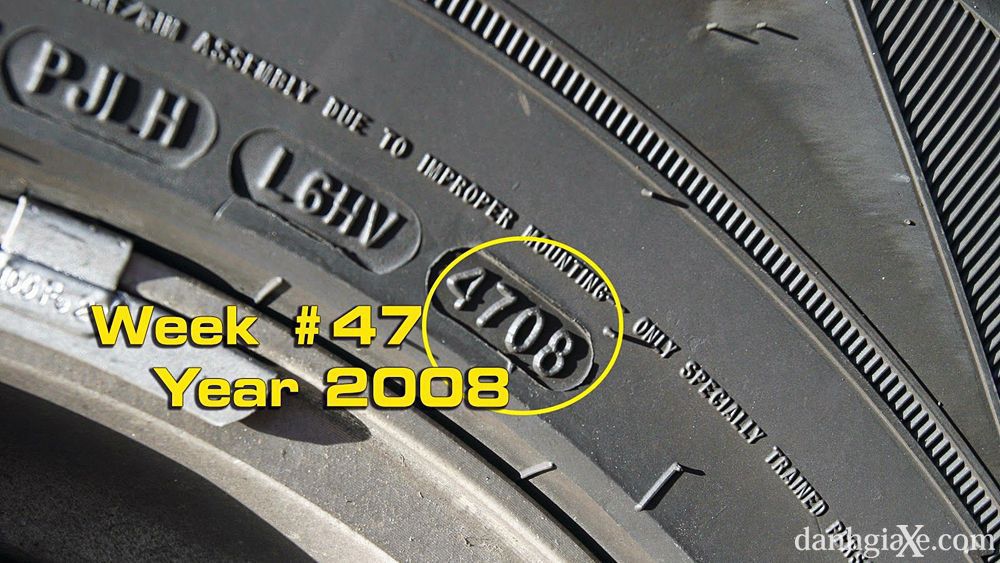 After all, the life of any model should not exceed five years from the date of issue of the tire.
After all, the life of any model should not exceed five years from the date of issue of the tire.
Unfortunately, unscrupulous sellers resort to masking the expiration date, updating the appearance of the tire with special sprays and paints. Therefore, every car owner should know the rules for designating the release date in the DOT encoding. Well, if you saw damage to the last digit, then you should know that this is an attempt to disguise information that is unfavorable for the seller by cutting off the year of manufacture.
You may be assured that this particular manufacturer has three digits for the date, but this information is not true. Three digits denoted the year of issue in the 80s of the 20th century. From 1990 years date put only with the help of four digits.
The tire sidewall has all the information you need to know about it.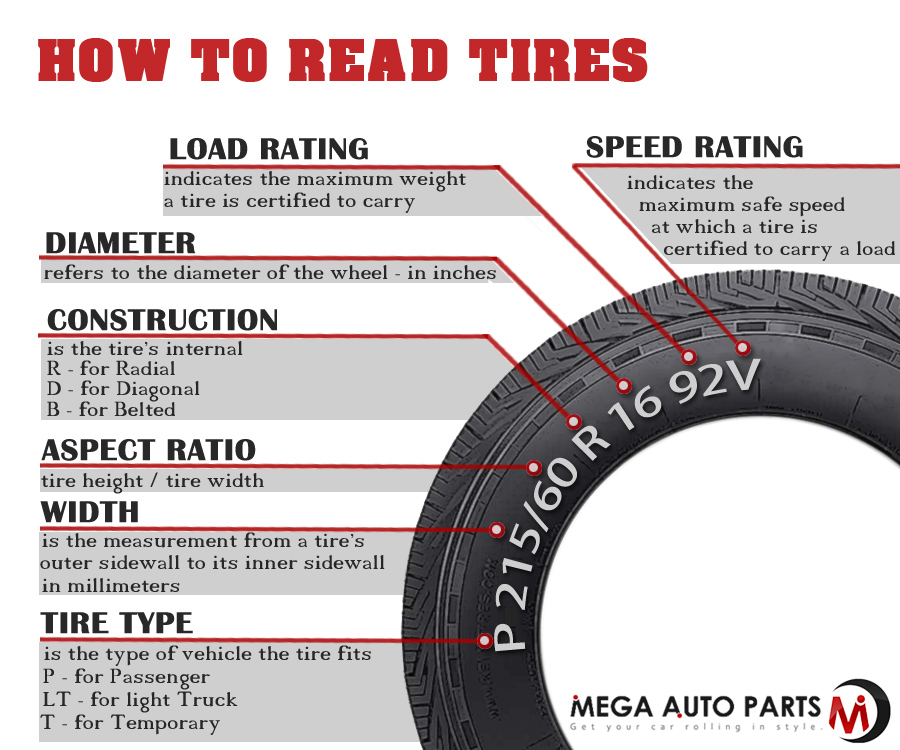 Below you will find a small guide to deciphering all these numbers and letters.
Below you will find a small guide to deciphering all these numbers and letters.
Tire width from side to side in mm.
The ratio of the height of the tire profile to its width, expressed as a percentage. For example, a profile height of 65 means that the height of the tire is 65% of its width
Wheel diameter (height) in inches.
The load index determines the maximum tire load (in kg). The load index value is printed on the sidewall of the tire to the right of the diameter value.
For example, for a tire with a load index of 91, the maximum load is 615 kg.
When buying new tires, consider the load and speed indexes in combination. In addition, you should always follow the recommendations of your vehicle manufacturer.
The Speed Index is the maximum allowable speed at which a properly inflated tire can be driven under load. The speed index, indicated by a letter, is located after the load index on the sidewall of the tire. For example, for a tire with a speed index of V, the maximum speed is 240 km/h.
The speed index, indicated by a letter, is located after the load index on the sidewall of the tire. For example, for a tire with a speed index of V, the maximum speed is 240 km/h.
When buying new tires, it is important to consider that their speed rating matches the vehicle's speed capabilities.
Your vehicle may be fitted with tires with load and speed indexes that differ from those specified in the manufacturer's documentation.
However, it is always worth checking first whether the vehicle manufacturer allows the installation of such tires and whether their operation is permitted by the current legislation. Always comply with all legal requirements in your country regarding the characteristics of the tires used, and also take into account the recommendations of the vehicle manufacturer regarding speed and load. If necessary, consult your dealer before purchasing or installing tires.
Is it possible to use tires with higher speed ratings than recommended by the car manufacturer?
Yes, you can.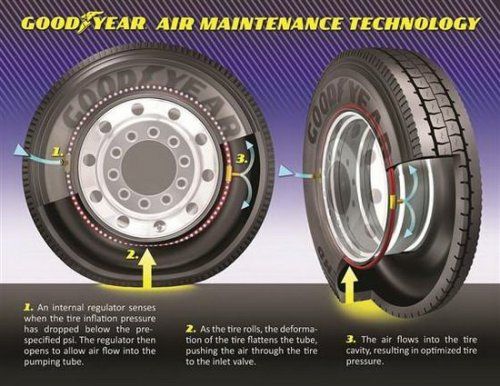 However, it is always worth checking first whether the vehicle manufacturer allows the installation of such tires.
However, it is always worth checking first whether the vehicle manufacturer allows the installation of such tires.
Can tires with higher load indexes be used than recommended by the car manufacturer?
Yes, you can. However, it is always worth checking first whether the vehicle manufacturer allows the installation of such tires.
Can tires with higher speed and load ratings be used than recommended by the car manufacturer?
Yes, you can. However, it is always worth checking first whether the vehicle manufacturer allows the installation of such tires.
Can tires with lower speed ratings be used than those recommended by the car manufacturer?
Yes, it is possible. These can be all-season or winter (M+S) tires with a lower speed index, if: a) a sticker indicating the maximum speed limit is in the driver's field of vision; b) the driver does not exceed the specified maximum speed limit. However, it is always worth checking first whether the vehicle manufacturer allows the installation of such tires and whether their operation is permitted by the current legislation.
Can tires with higher load indexes and lower speed indexes be used than recommended by the car manufacturer?
Yes, it is possible. These can be all-season or winter (M+S) tires with a lower speed index, if:
a) a sticker indicating the maximum speed limit is in the driver's field of vision;
b) the driver does not exceed the specified maximum speed limit. However, it is always worth checking first whether the vehicle manufacturer allows the installation of such tires and whether their operation is permitted by the current legislation.
Refer to the vehicle owner's manual for load limits. Overloading a vehicle puts unnecessary stress on its tires and other structural elements. This can lead to poor handling, increased fuel consumption and tire damage. Tires may develop large cracks, defects or tears.
The presence of the letter "P" or the absence of letters indicates that this is a tire for a passenger car.
The letter "R" stands for radial construction.